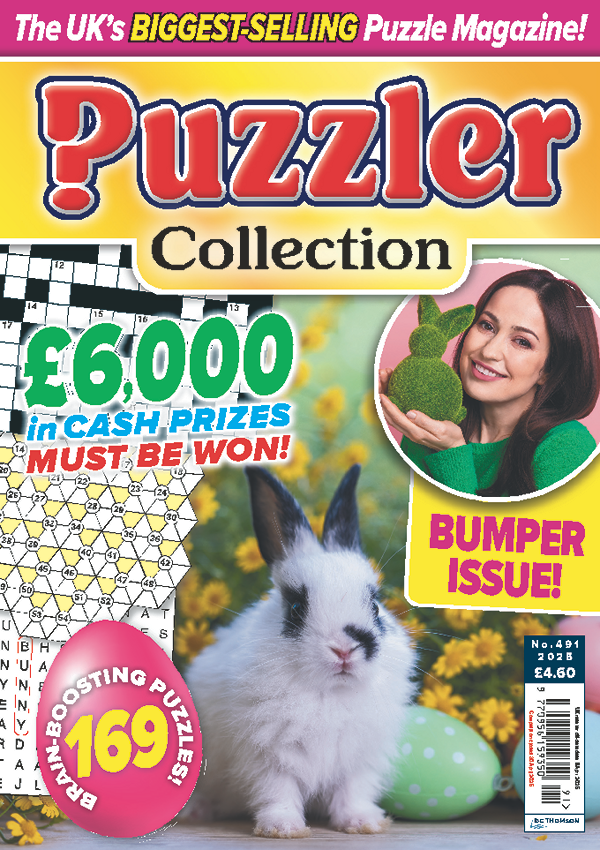Picture Maze
Also Known As:
ArtLabirinto, Imagini Labirint, Kururinpa, Maze Paint, Maze-a-Pix, Meikyu Kaiga, Meiro Puzzle, Picture Maze
The word 'maze' brings to mind a complex network of narrow alleys between high hedges, with many junctions and dead ends. It is designed to be a puzzle.
This distinguishes it from the much older idea of the labyrinth, a single-path structure that is often associated with aspects of ritual and brings to mind such things as pilgrimage, rites of passage, the journey of life, and so on. According to legend, labyrinths provide protection against evil spirits that, like drunken cyclists, are hopeless at negotiating corners. Good examples of labyrinths can be found in Roman mosaics, or inset in the floors of cathedrals (eg, Chartres, around AD 1200); carved on stone or in wooden door lintels, or shaped from turf (see the turf labyrinth at Saffron Walden, from 1699).
For about 500 years, the hedge maze has been an established part of many formal gardens. The maze at Hampton Court Palace dates back to around 1690. This is a puzzle with which everyone is familiar. In addition to the hedge maze, mazes made from wooden panels are popular, especially in Japan. Giant cornfield mazes, which started out in the US, are increasingly seen in Britain. Mirror mazes exist at several popular tourist sites. There is also a large number of paper-based puzzles based on the idea of the maze – colour-sequence mazes, orientation mazes, no left turn mazes, sokoban-style mazes, and so on.
One of the simplest and most ingenious of these is the picture maze, in which the route forms a picture. There are two approaches to solving the puzzle. The first is obvious, to follow the path; the second involves shading in the dead ends, so that finally, only the trail remains.
For the maze designer, whose main objective is to create an environment that is designed to confuse and mislead, the main considerations will be the aesthetics of the form and attention to timing (people do not object to being misled, but only for a short while).
Instructions
Trace the path of the maze, from the entrance to the exit, to reveal a picture.
Related Puzzles
Tangled LinesFeatured In

